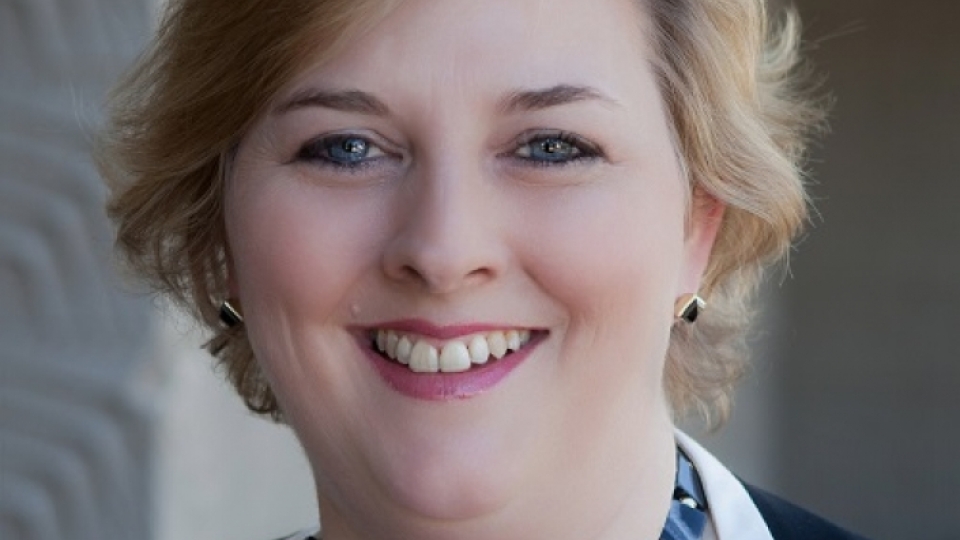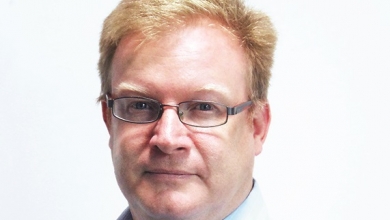
Distributor Tech Data says existing moves to digital transformation in the channel and its customers have been accelerated in recent months. IT Europa talks to Miriam Murphy, Senior Vice President EMEA , Advanced & Specialist Solutions at Tech Data about changes - internal and external - and its plans....
ITE: How are you and how have you been working?
MM: “There has not been anything that has affected everyone in such a way as this pandemic. We’ve had recessions and market changes, but this has hit everyone at the same time. I’ve been locked down since March 10th here in Brussels and I have actually been busier than ever, spending 8-8 hours a day in video meetings. We’ve moved all the usual face-to-face meetings with my teams, vendors and customers to online.”
The demand for your time has been increased for sharing insights as people share information. We stood up to be ready for remote working with 5000+ people working remotely in a week in Europe.”
ITE: And how has your strategic thinking been changing?
MM: “Our approach and solutions started with stay safe and quickly moved to stay productive and secure. The solutions we have built with partners are opening up new dialogues. Everyone is looking at how digital transformation will enable business continuity and increase productivity.
“Business in future is something we have spent a lot of time talking about. Short to mid-term we have to make sure we can serve the market in whatever format – remote or return to work, building solutions around getting partners to have conversation with their customers. There will be a mixed view on return to offices –and no return to how we were.”
“The pandemic has accelerated the trends we have seen in the market already on how people collaborate – a lot of IT opportunities have emerged from that. There will be a balance of having more office spaces being collaboration spaces rather than cubicles.
“But we also need human interaction and face to face. The amount of energy you get from that is significant and you don’t realise it until it isn’t there.
“We saw a level of caution on large scale investments in April/May that were not aligned to remote working. However, the signs are that it has been easing in June and people are putting IT investment back at the top of the IT agenda. They may not be running with the same order or projects as previously defined, but we are seeing movement, even in the enterprise space.
“The partners that were further along the transformation road have fared better than others. Also, the partners with diversity have done well in terms of having multiple solutions. In the initial phases we in saw the SMB market more challenged on lockdown.
“We are now seeing particularly the mid-tier partners being more creative in their solutions and taking things to market. Our own teams have worked on remote working solutions and are now on return to workspace solutions – getting people back into spaces and new requirements on measuring people in locations and lots of IoT and security solutions. We have seen great innovation as they meet the new challenges. We’ve seen end-user companies change what they do completely – the IT channel space is also looking at what solutions are capable of being changed.”
ITE: So the SMB customers and partner have been most affected?
MM: "It has become evident that digital transformation in the SMB space has become critical. Cash has become a thing of the past. SMBs have had to move rapidly to contactless, credit cards and digital payment.
A lot of the retail space and small business that the SMB partners support have had to move faster on digital transactions and the same is true in digital marketing and in training, she says. “In our training business, we had to move overnight to virtual classroom, taking advantage of people in the channel not having to commute to get more training and certification done.
“SMB are picking up speed and we are seeing more innovation; for example. IoT is being adopted by SMBs because they are more agile.”
ITE: And how will things pan out for the rest of 2020? Will most partners survive or will some see it as a chance to retire?
MM: “For the rest of year, there will be lots more virtual activity. There will be almost no physical conference gatherings this year. Our own vendor partner summit will be digital, with the full schedule of meetings. We are having to bring our communications and conversation up to a new level.
From a strategy perspective it is clear that the direction has been reinforced – investment in ‘next- gen’ technologies. Investment in data, IoT, security, services, hybrid cloud has delivered so that move to cloud-based services in the last few months has been significant.
“Our next pillar has been the investment in transformation and continuing to transform Tech Data means we can change the partner experience. Without that we could not have had the level of connection online. Our ongoing digital transformation, collaboration capabilities and automation has meant we can serve the market.
“With the new acceleration of this in the channel; I’m not convinced the pressures will result in a lot of new retirement plans. But the speed of innovation is driving new opportunities and bringing new players into the market. Companies are going to have to move faster and this will increase the opportunity for those already established. Those able to digitally transform customers will do well. Our move to deliver higher value includes developing and validating solutions that improve to the tm market for partners, particularly in the mid-tier. “
“We can help their time to market with solutions and this is a strategic imperative in delivering higher value. Speed of transformation will open the door to new players. Growth of managed services has been phenomenal – it is becoming even more critical.”
The focus has to be on upskilling and cross-skilling people. There is a lot of new talent coming in and it is an imperative to get them up to speed rapidly on tech and solution selling, she says. “It is the same for us and our partners. We had to transform our education business when we saw a significant rise in demand for training This is the only way we will crack the talent shortage.
ITE: And your future plans? What will the channel look like in a year’s time?
MM: “Our strategy on automation is to improve ourselves and the partner experience and we are also taking those automation solutions to market. We have added new players to open up the opportunities in robotics for example. AI is more critical and will open business for all our partners.
“Channels will look different in the sense that partners will have made the journey further – there will be more digital solutions in the market. Those that have invested in transformation and developing services that accelerate customer transformation will rank higher in our charts.
“The channel is resilient, but success will depend on speed of change. The age-old solutions will not work anymore and there is a critical need for investment in digital transformation in the channel. This is not a nice-to-have, ‘amble-along’ journey now. This is a fast-paced highway to change.”


